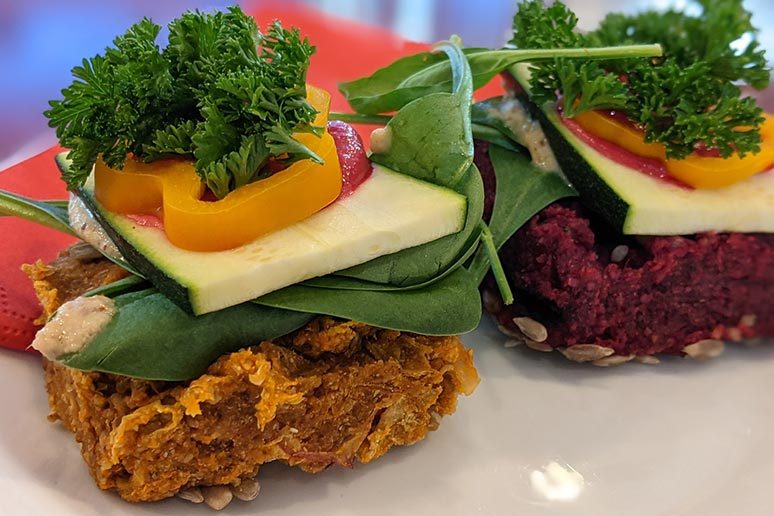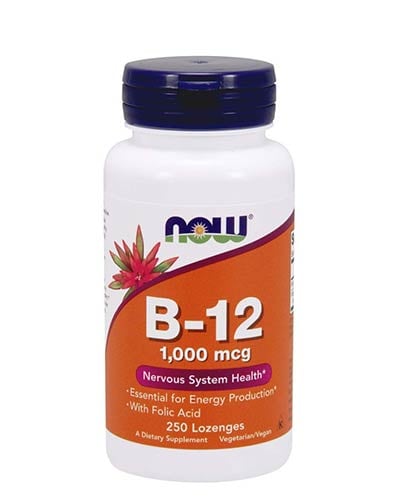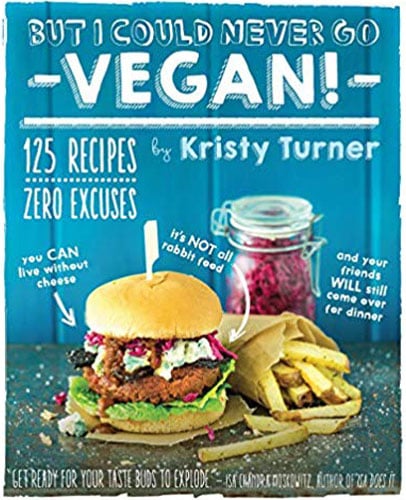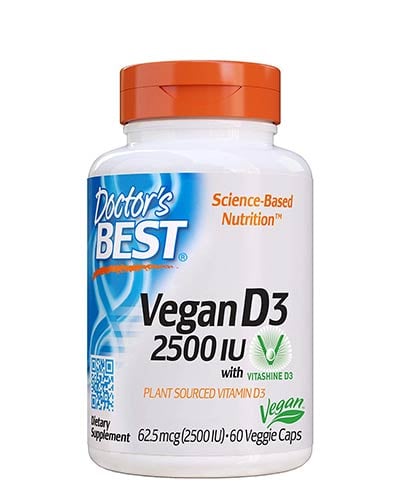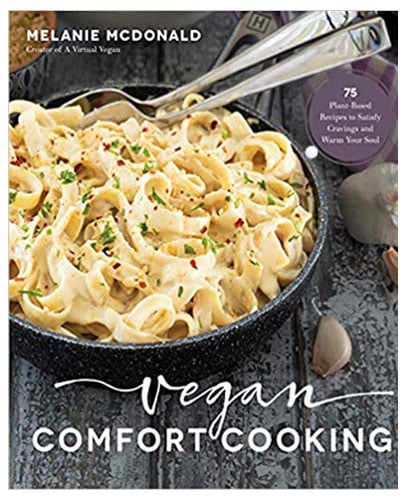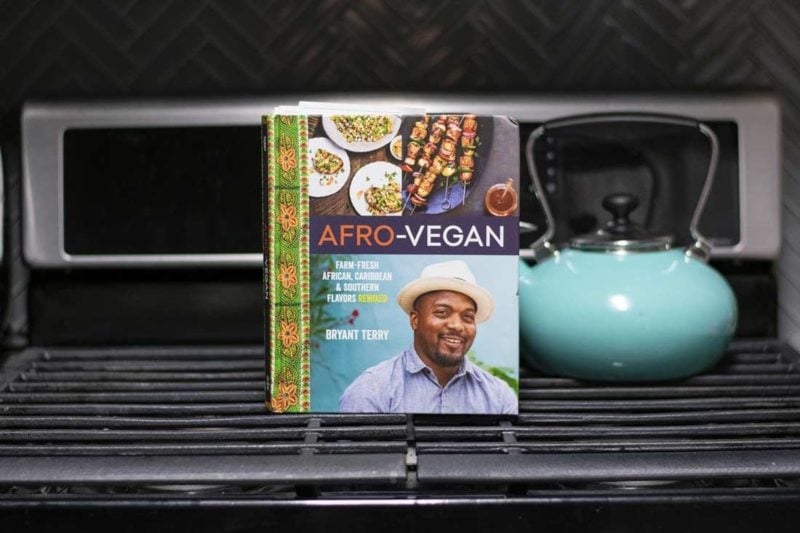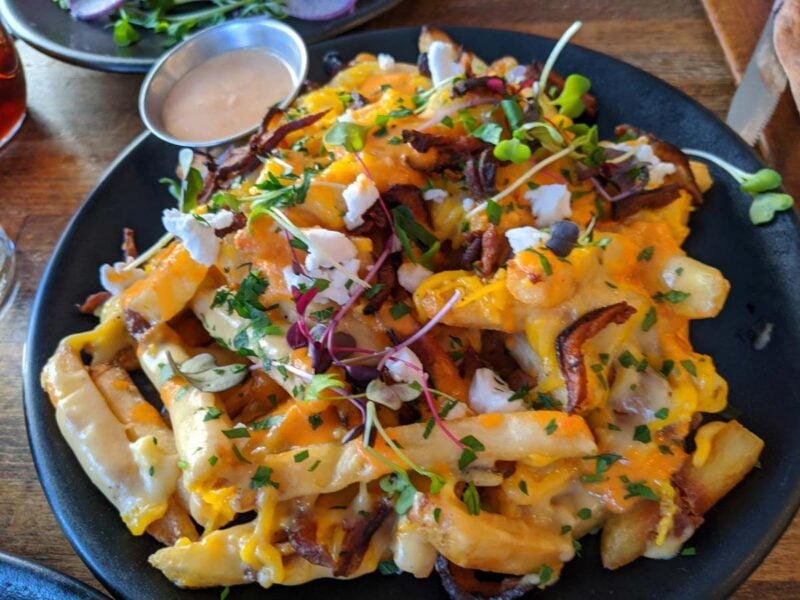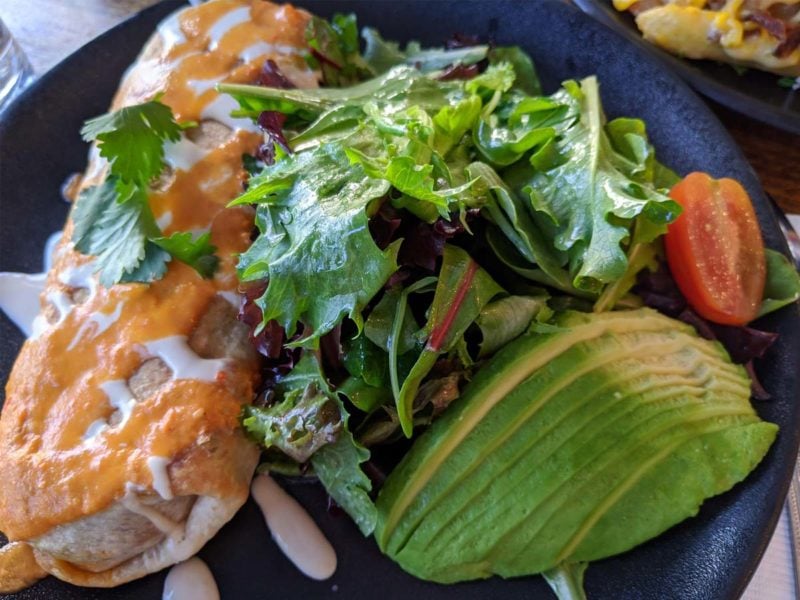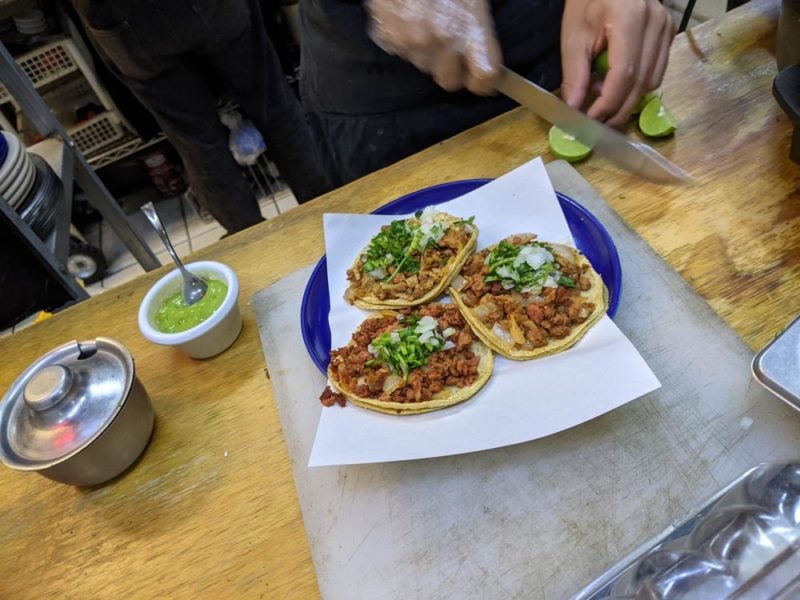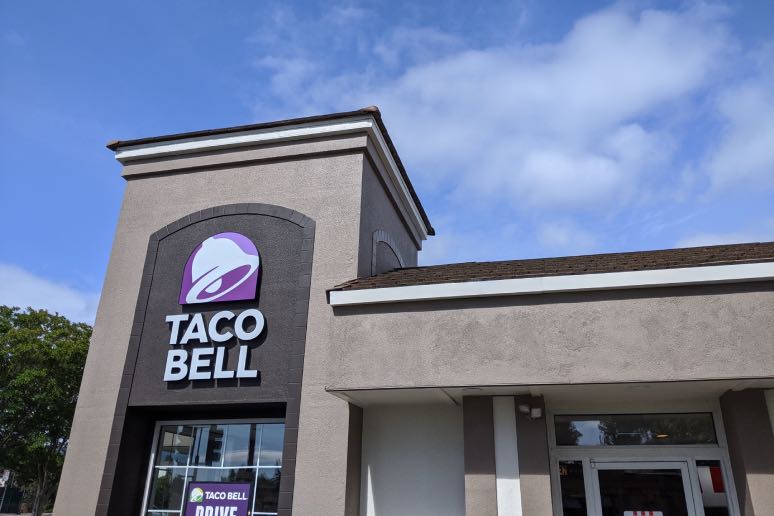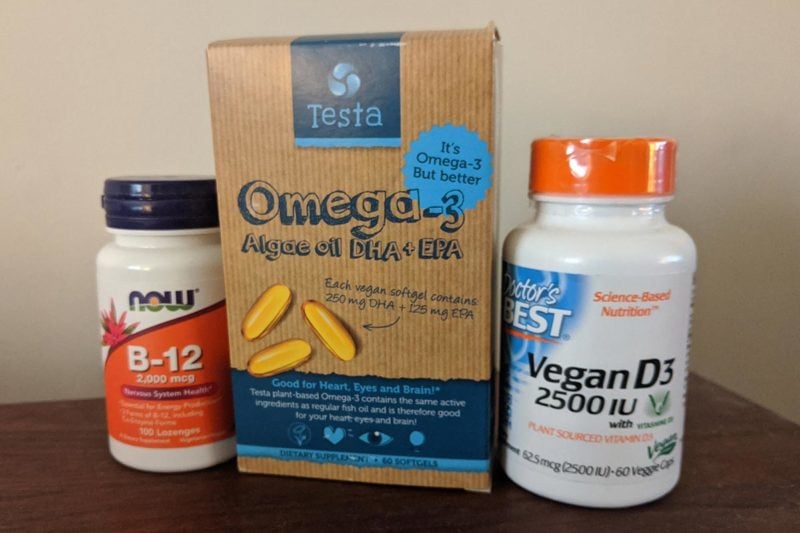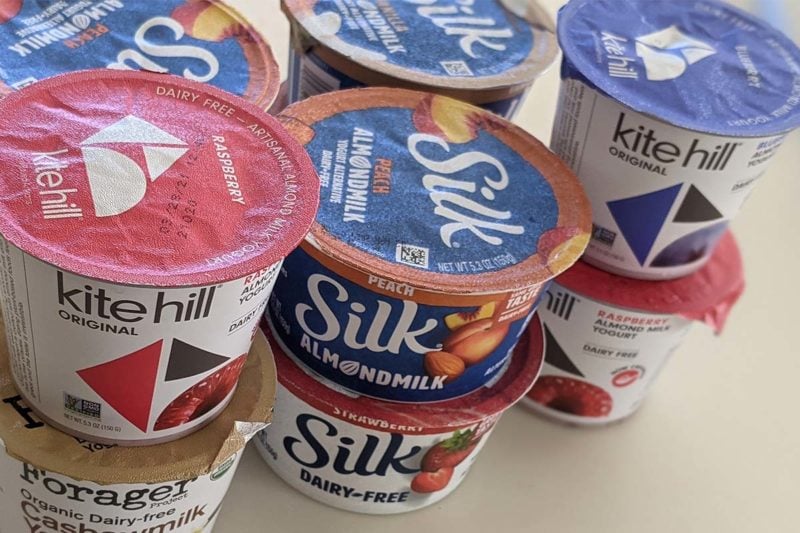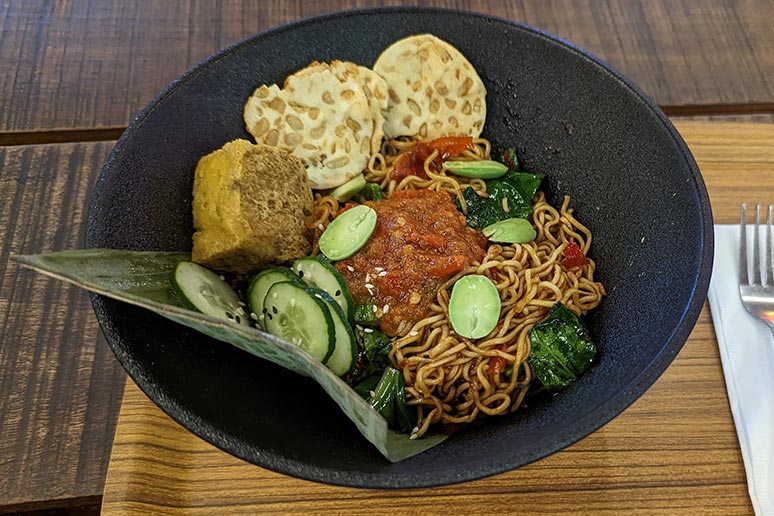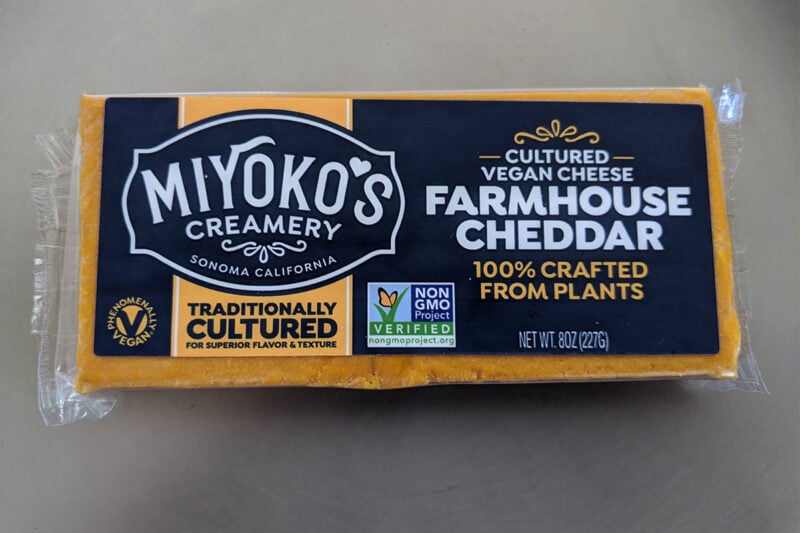Raw food diets shun all forms of cooking. Most raw foodists are largely or entirely vegan. If you find yourself eating too many processed vegan foods, eating some raw foods can move your diet in a healthier direction.
What is a Raw Food Diet?
Raw food refers to any sort of food that hasn’t been cooked. Adherents believe that normal cooking temperatures strips food of its vitality.
Not all raw foods are vegan. Many people on a raw foods diet eat honey, but thankfully that’s easily replaced by maple syrup, rice syrup, or agave nectar. Some raw foodists consume unpasteurized dairy, uncooked eggs, and even raw meat. That said, the vast majority of raw food cookbooks are largely or entirely vegan. And many if not most followers of this diet are philosophically aligned with the compassionate ethics associated with veganism.
How Do “Raw Food” and “Live Food” Diets Differ?
The terms “raw foods” and “live foods” are interchangeable. Since the former term is slightly more popular, that’s what I’ve used in this article.
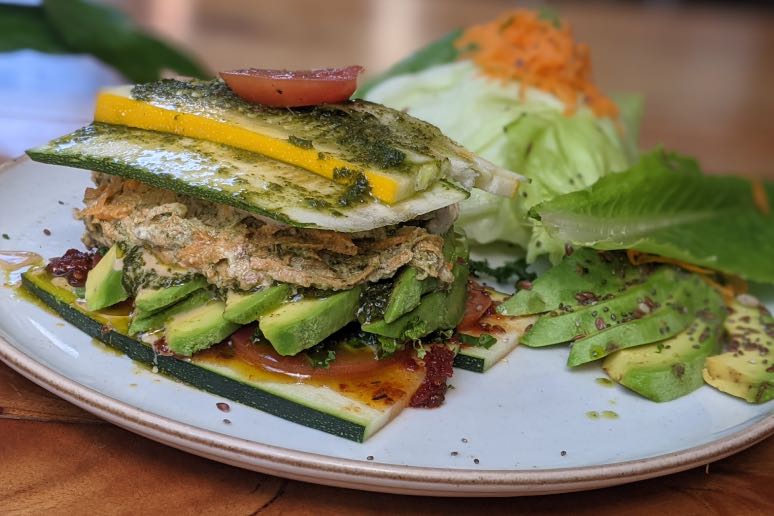
What Are the Benefits of Eating Raw Foods?
Raw foodists advocate refraining from heating food above 104 to 118 degrees Fahrenheit, asserting that higher cooking temperatures destroy the food’s enzymes. While there’s truth to this claim, nutritionists counter that all food-based enzymes are promptly destroyed anyway by stomach acid.
Regardless, basing a significant portion of your diet on fresh, minimally processed food undoubtedly makes good sense. There’s certainly no denying that some cooking methods, particularly deep frying, degrade your food’s nutritional value and generate numerous unhealthful substances.
Raw foodists often claim their diets can produce miraculous health benefits. But many people who embrace this diet fail to thrive, and some tragically descend into developing full-blown eating disorders. The raw foods literature is undeniably full of quacks.
What are the Hazards of Raw Food Diets?
While it’s true that cooking reduces or destroys some nutrients, it also makes foods easier to digest—and can thereby improve nutrient absorption.
What’s more, cooking can makes it possible to eat several foods that would be inedible in raw form. For instance, many vegans rely on cooked beans, tofu, and soy milk as a primary source of protein. None of these foods qualify as raw. By forgoing foods like these, raw food adherents can miss out on some excellent protein-rich foods. While sprouted beans are popular among raw foodists, cooked beans are far more digestible.
A primarily raw foods diet carries both advantages and disadvantages. As the amount of raw foods in your diet increases, so too does the effort required to meet nutritional needs.
It’s fair to say that vegans must expend more effort than omnivores to get sufficient nutrients. Raw foodists must put massively more effort into assuring proper nutrition than do either meat eaters or vegans.
Fringe Diets and Beliefs
Every sort of diet, from carnivore to keto to raw foods, has quacks promoting this way of eating while dispensing faulty nutrition advice. Raw foodists are often up there with devout carnivore diet followers when it comes to having fringe beliefs that make nutritionists recoil.
Raw foodism can also open the door to frankly insane dietary philosophies like fruitarianism and even breatharianism. It’s a rabbit hole that often leads adherents to adopting ill-advised yet hilarious health practices. Sure, it start innocently enough with a flaky but sincere fixation on superfoods. But the next thing you know, you’re reading books advocating madness like perineum sunning and urophagia.
In my decades of following a vegan diet, I’ve noticed that many long-term raw foodists are in visibly poor health. But a handful of adherents clearly thrive. With that in mind, anyone transitioning to a diet made up primarily of raw foods needs to pay special attention to avoid deficiency—and properly vet their sources of nutrition information. There’s not a single raw food nutrition book that I’m aware of that I’d be comfortable recommending.
I personally believe that vegan diets based on solid nutrition information will reliably lead to better health outcomes than diets based on raw foods.
What do Raw Foodists Eat?
A raw food diet primarily consists of fruits, vegetables, nuts, seeds and sprouted whole grains. Gentle preparation methods that rely on soaking, blending, or dehydration produce delicious and satisfying meals.
Perhaps the most appealing aspect to raw foods is that the cuisine, when prepared well, tastes incredibly delicious. A skillful raw foods chef can produce an intensity of flavor, coupled with textures and aromas, that are unsurpassed by anything in the world of cooked food. This is especially true for raw food desserts, many of which will rank among the tastiest treats you’ll ever eat.
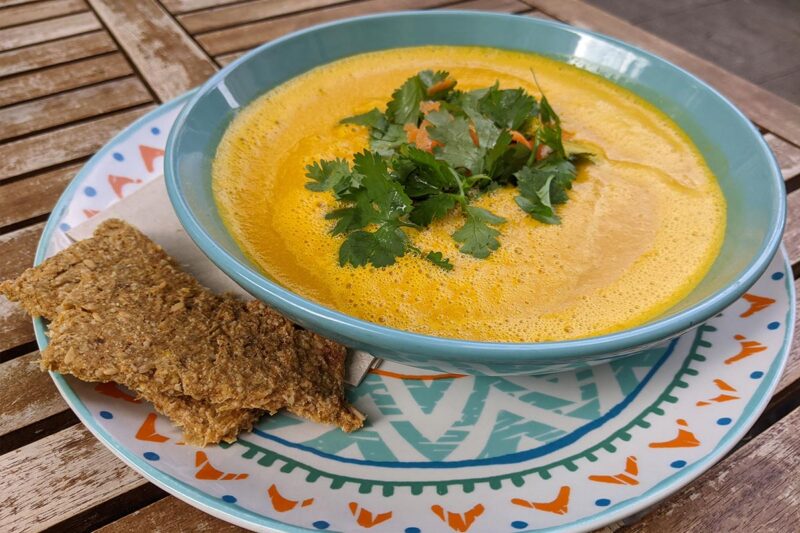
What are the Most Popular Raw Foods?
Just like the food at Taco Bell, you’ll often find that raw food recipes commonly consist of variations of the same dozen ingredients. These ingredients show up in endless variations:
- Fruit
- Vegetables
- Dried Figs, Dates, and Goji Berries
- Sprouts
- Nut Milks
- Wheatgrass Juice
- Nuts and Seeds
- Coconuts
Raw food diets are much easier to follow in warmer climates, in part because of the abundance of delicious tropical fruits and coconuts. In particular, bananas and avocados are mainstays of many raw food diets.
And here are some of the most common items eaten by raw foodists:
- Fruit Smoothies
- Juices and Smoothies
- Blended Vegetable Soups
- Salads
- Coconut Yogurt
- Dehydrated Fruit, Kale, Crackers, and Cookies
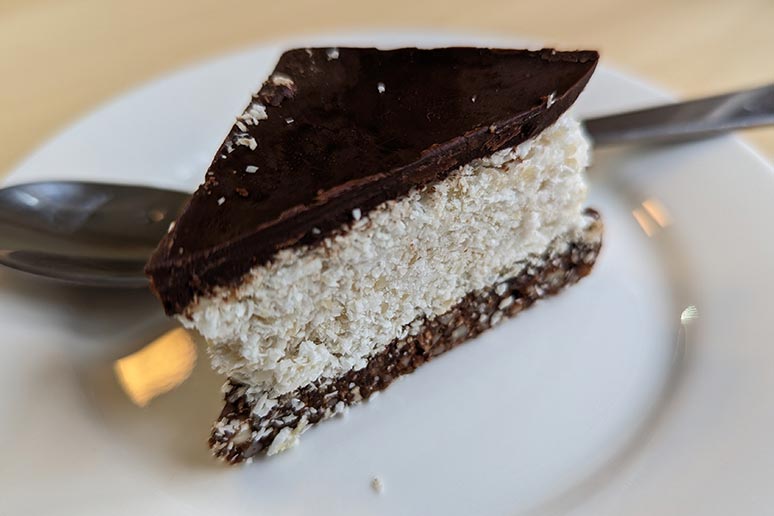
Raw Food Cookbooks
There are dozens of cookbooks that cater to raw foodists. Some popular recent titles include:
- 21-Day Vegan Raw Food Diet Plan, by Heather Bowen
- Raw-Vitalize, by Mimi Kirk and Mia Kirk-White
- Modern Raw, by Rachel Carr
- Raw and Radiant, by Summer Sanders
Kitchen Equipment:
Raw food cuisine makes heavy use of a number of kitchen appliances. Our cookware guide offers recommendations for juicers, blenders, salad spinners, and food processors. These appliances in particular are widely used by raw foodists.
Raw food chefs also frequently own dehydrators and vegetable spiralizers.

